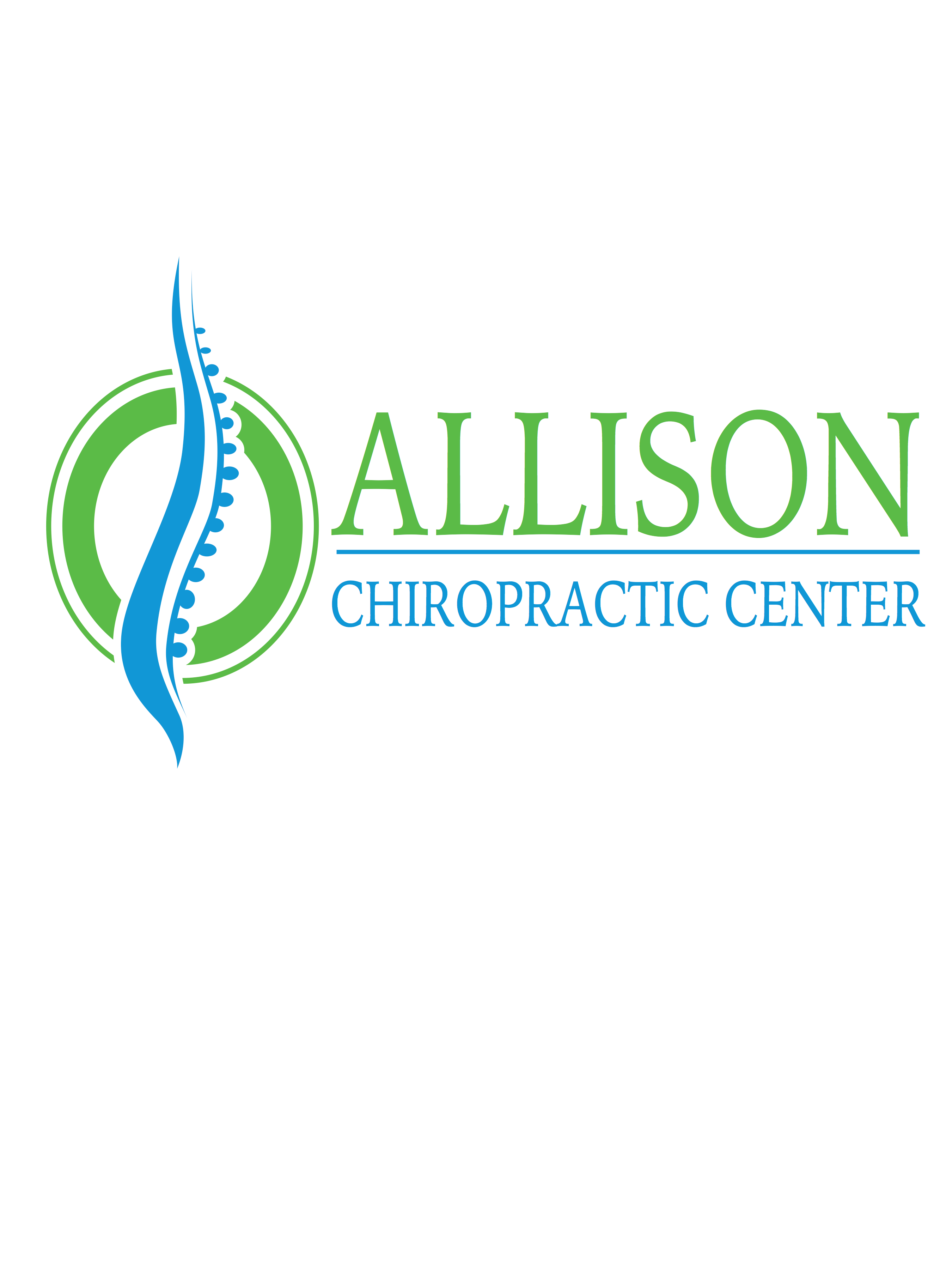One of the most common conditions chiropractors see and treat is neck pain. According to the National Institute of Health Statistics national survey, neck pain is the second most common form of pain in the United States (following back painand tied with headaches and migraines). An estimated three quarters of Americans will be affected by neck pain at some point in their lifetime.
As experts in the musculoskeletal system, chiropractors are the ideal healthcare providers to treat problems associated with the neck.
The Cervical Spine
The neck makes up the part of the spine referred to as the “cervical spine.” This curved portion of the spine consists of the first seven vertebrae, starting from the base of your skull at the C1 (atlas) vertebrae and ending at your thoracic spine. One of the three curves in your spine, the cervical curve is critical to overall spinal health. Any reduction or misalignment in this area of the body can cause pain, headaches, migraines, stiffness and more. It’s important to note that it may take years for pain or other issues to surface, which is why it’s critical to get check in order to prevent or delay potential health issues.
The Four Commonly Seen Cervical Curves
There are four different types of curvatures in the cervical spine—all of which can be determined through an X-ray. Our doctors typically see these four different kinds of curves in patients:
Lordotic. This is a normal, healthy curvature in the neck—which is about 42 degrees when standing upright. Think of it as a c-shaped curve that faces the opposite way your nose points.
Hypolordotic/Alordotic. This means that there is a decreased curve or no curve in the neck. In an X-ray, the neck may look straight.
Reverse Curve/Kyphotic. This is a reverse curve—and the kind of curve you want to stay far, far away from. This means that your neck has completely lost its healthy curve and is now curving the opposite direction, connecting your thoracic and cervical curves.
“S” Curve. The hardest curve to correct, the “S” curve is when the spine has both a lordotic and kyphotic curve.
Why is the Cervical Curve Important?
The curvatures in the spine act as shock absorbers for various body parts. If the correct curvatures are not present, the discs and joints will experience greater pressure. To give you an idea of how this may feel: imagine jumping off a ledge without bending your knees. Without proper curvature in your neck, this is the kind of pressure your discs and joints are under.
This isn’t the only issue hypolordotic/alordotic, reverse curve/kyphotic or “S” curves present. An unhealthy curve can also cause premature degeneration of the discs and joint spaces of the spine. This degeneration could lead to neurological symptoms down the road, as well as premature arthritis and joint fusion
How Do I Know if I Have a Healthy Curve?
The best way to determine if you have a healthy curve in your neck is to be evaluated by your chiropractor. X-rays and physical examinations can help the doctor determine what kind of curve you have and the best methods of treatment. Remember: Pain is a late indicator of an issue. Even if you’re not currently experiencing any pain, it’s important to take preventative steps and have regular spinal evaluations and adjustments.
Many patients we see with neck pain and stiffness have a reduced curvature in their neck. Certain chiropractic adjustments and supportive exercises and therapies are designed to help restore the neck to the ideal (lordotic) curve. Shortly after beginning treatment, many patients see improvements, including a reduction or even elimination of pain. It’s important to continue care even after your symptoms have subsided, as it takes time to restore a healthy curve.
Make an appointment to talk to a chiropractic doctor about chiropractic and neck pain
